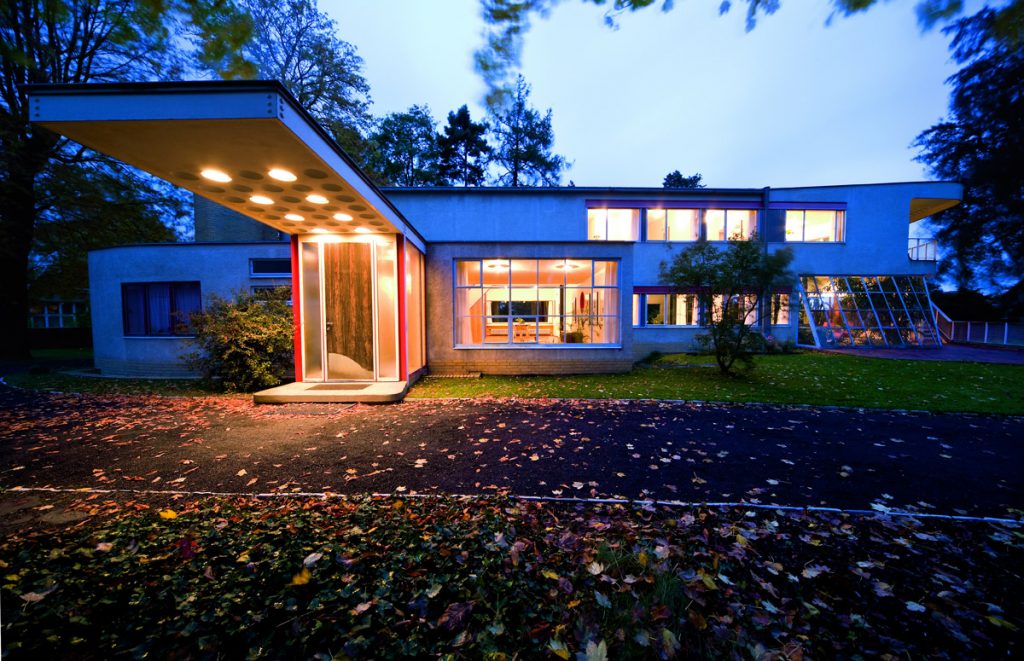When Hans Scharoun built the Schminke House in 1933, he created a true modernist icon. Along with Mies van der Rohe’s Villa Tugendhat in Brno, Le Corbusier’s Villa Savoye near Paris and Frank Lloyd Wright’s Fallingwater in Pennsylvania, the Schminke House is one of the four most important private houses from this period anywhere in the world. The house also demonstrates the willingness of Saxony’s business owners to embrace innovation.
Architect Hans Scharoun designed the building in the 1930s for Löbau pasta factory owner Fritz Schminke, his wife and four children. At that time, Anker pasta from Löbau was one of the first German food brands to gain widespread recognition.
Bright, extravagant and ship-like

You can still feel it today










